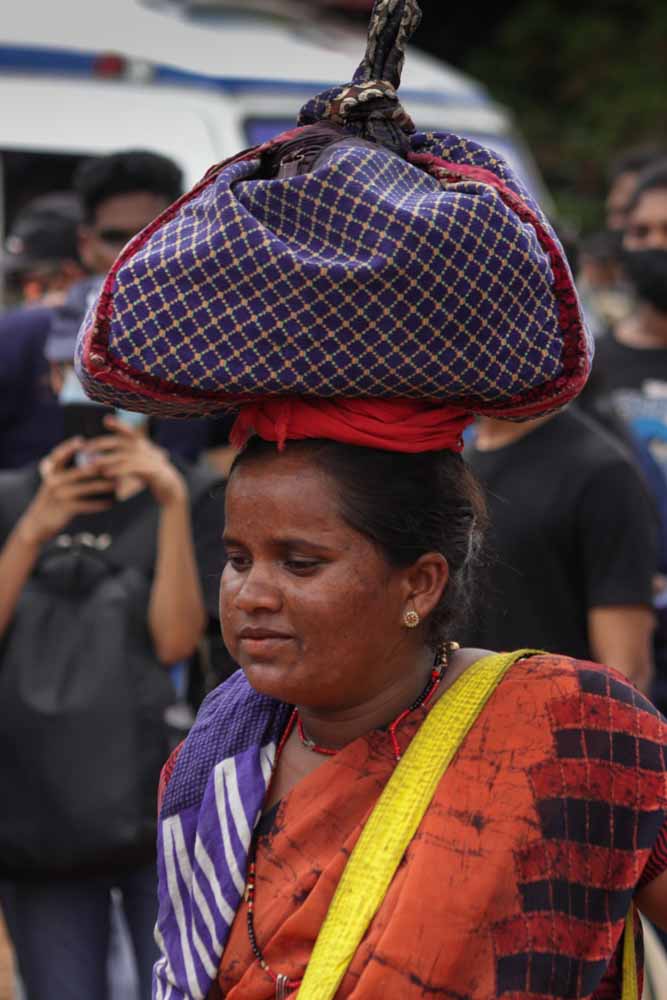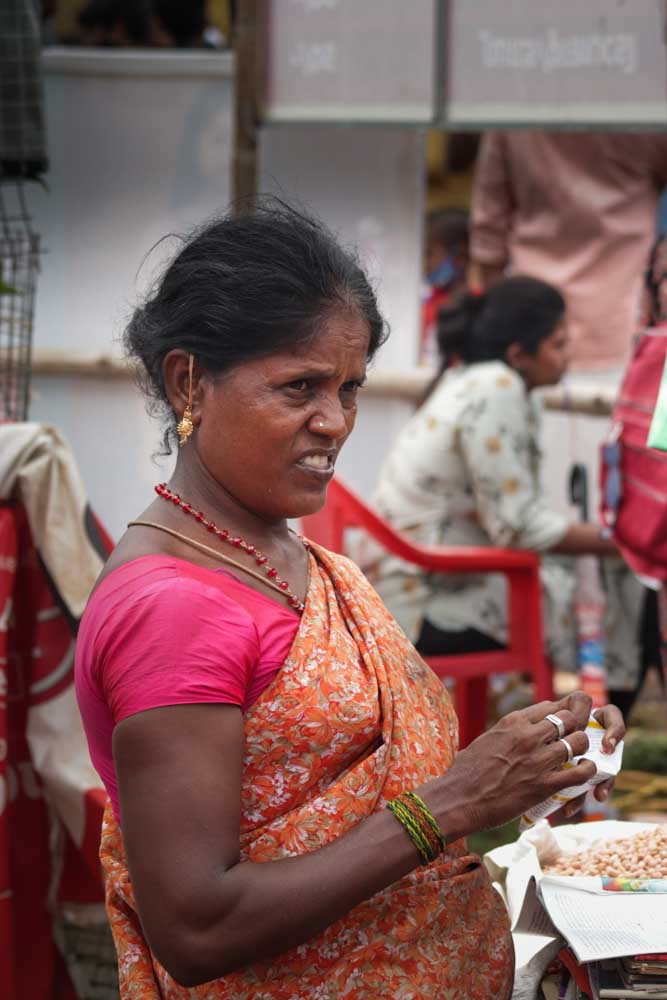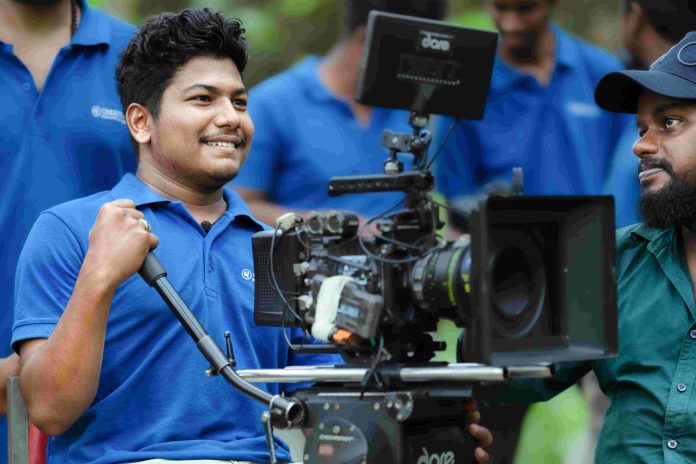There is one thing the photograph must contain, the humanity of the moment.Photojournalism is telling a story through images. A photojournalist uses a camera to document stories, while a journalist uses pen and paper.We’ve all heard the saying “a picture is worth a thousand words.”India has absorbed culture for millennia. India has embraced external culture, from the Mongols to McDonalds. Globalisation is affecting India today. Development initiatives displace many of India’s finest craftspeople. As in other civilizations, young and old Indians are abandoning traditional culture for global items. India Unheard community correspondents cover arts and culture.

Faces of the World : A picture is a poem without words.

Woman : Beautiful Old Woman.

Homeless : Life is simple. It’s just not easy.

Simplicity : Beauty comes in all colours.

Work hard then work harder : How hard is life for some….

When Years Smile : A smile can change the world.
Street photography, also called candid photography, depicts accidental interactions and random incidents in public.There is a small difference between candid and street photography, with most candid photography coming under candid and some street photography under candid. Street photography doesn’t require a street or urban area. Street photography can be of an object or area without people as long as it transmits a human character in facsimile or aesthetic.

Suppliers : Healthy Work Snacks.

old man : Every heart has a story waiting to be told.

Precious Children : Beautiful Little Girls.

Stunning Eyes : Precious Children.

Striking Faces : The exiled children who live in slums.

Black kids : I’m feelin’ myself.
“Cultural photography” involves taking images to tell a story about a group or culture. The photos could be headshots, street sceneries, or social relationships.

Ottamthullal artist : The art of Indian Dance.

Ottamthullal Dancer : Best art of story telling.

Ottamthullal : Eyes with thousand expression.

For good expression : Ot standing expression given by the artist in.
Ottam Thullal is an Indian chant-dance. Kunchan Nambiar employed it in the 18th century (three famous poets of Malayalam). The folk performance, which typically pokes fun at society, is accompanied by leaf cymbals, a mridangam, and/or a practical idaka.
Copyrights:
All the photos and text in this post are copyright of Jinto Abraham , Kottayam , Kerala , Creative Hut Institute of Photography. Their reproduction, full or part, is forbidden without the explicit approval of the rightful owners.


